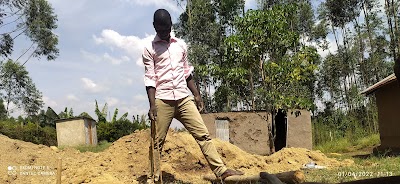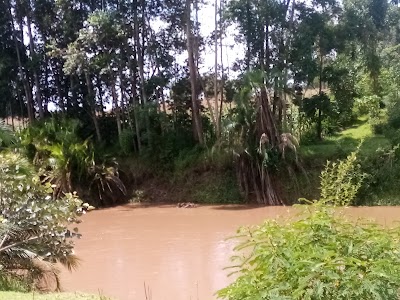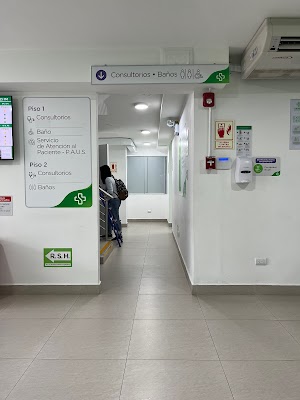River Nzoia (Mto Nzoia)
Overview
Overview of River Nzoia
Nestled in the western part of Kenya, the River Nzoia, known locally as Mto Nzoia, meanders gracefully through the lush landscapes of Butere. This river is not just a geographical feature; it is an essential artery for the communities that inhabit its banks, providing water, sustenance, and a rich ecosystem for both flora and fauna. With its origins in the highlands of the Western region, River Nzoia stretches approximately 250 kilometers before it flows into Lake Victoria, the largest lake in Africa.
The river is surrounded by vibrant greenery and is often lined with traditional homesteads, making it a picturesque setting for photographers and nature lovers alike. As you explore the area, you will encounter local farmers tending to their fields, often using the river's waters for irrigation. The sight of children playing along the riverbanks and fishermen casting their nets adds to the charm of this serene environment, offering travelers a glimpse into the daily life of the Kenyan people.
Activities and Attractions
For those seeking adventure, River Nzoia offers a myriad of activities. One of the most popular pastimes is canoeing or kayaking, which allows you to glide along the water while reveling in the stunning views of the surrounding hills and vibrant birdlife. Birdwatchers will be particularly delighted, as the river is home to a variety of species, including herons, kingfishers, and the elusive African fish eagle.
Additionally, the river serves as a vital habitat for several aquatic species, making it an excellent spot for fishing. Local fishermen often welcome visitors to join them in their daily catch, providing a unique opportunity to learn traditional fishing techniques. Engaging with the local community not only enriches your travel experience but also supports the livelihoods of those who depend on the river for sustenance.
Cultural Significance
River Nzoia is steeped in cultural significance for the local communities, particularly the Abaluhya people. The river is often featured in local folklore and stories that have been passed down through generations. Many believe that the river has spiritual importance, serving as a source of life and a connector of people. Festivals and rituals are sometimes held along its banks, celebrating the river's role in their agricultural practices and community gatherings.
Visitors to Butere can also explore nearby cultural sites, including traditional homesteads and local markets, which showcase the rich heritage of the region. Engaging with the local people can provide deeper insights into their customs, traditions, and the historical importance of River Nzoia within their lives.
Practical Information
When planning a visit to River Nzoia, it is advisable to travel during the dry season, typically between June and September, when the weather is more favorable for outdoor activities. The nearby town of Butere serves as an excellent base for exploring the river and surrounding areas. Accommodations range from guesthouses to mid-range hotels, ensuring a comfortable stay while you immerse yourself in the local culture.
Local cuisine is another highlight of the region, with dishes often featuring fresh fish from the river and locally grown produce. Don’t miss the opportunity to sample traditional meals, which are as delightful as they are diverse.
In conclusion, River Nzoia is more than just a river; it is a lifeline that nourishes both the land and its people. For travelers seeking an authentic experience in Kenya, a visit to this enchanting river and its surrounding communities promises unforgettable memories and a deeper understanding of the rich cultural tapestry of this beautiful nation.





